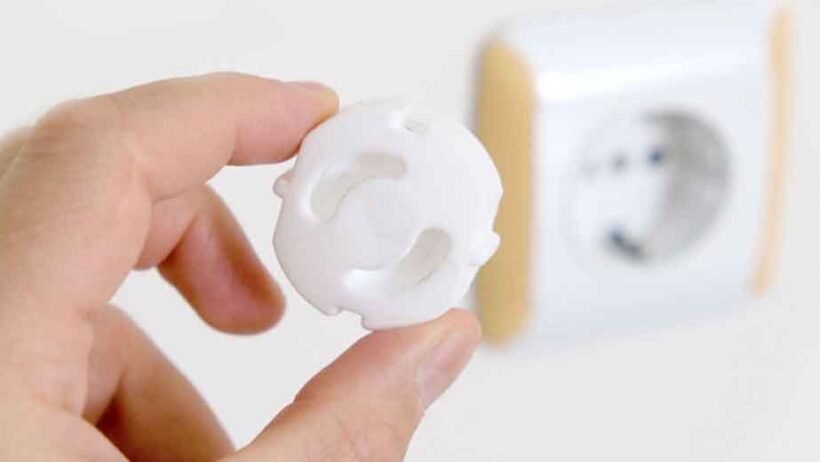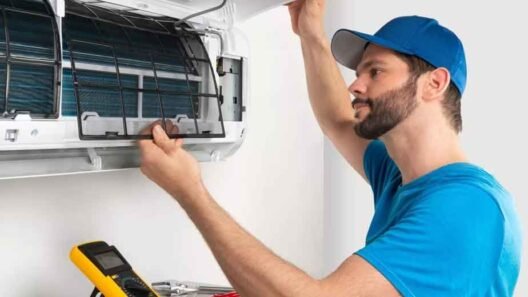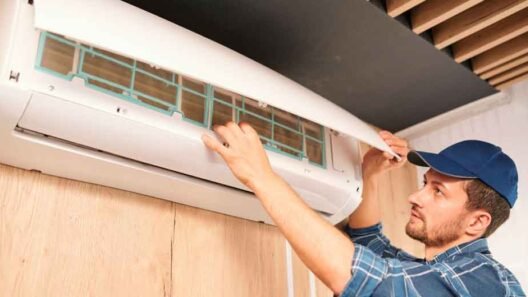In every household, electrical safety should be paramount. Ensuring a safe environment not only protects property but, more importantly, it safeguards families. Ignoring electrical safety measures can lead to severe risks, ranging from electrical fires to fatal shocks. It’s startling how seemingly benign electrical issues can spiral into significant hazards if left unchecked. From overloaded circuits to frayed wires, these hazards are real and prevalent. This article aims to equip homeowners with practical electrical safety tips to mitigate these risks effectively and maintain a safe home environment.
Understanding Electrical Safety Basics
Navigating the realm of electrical safety begins with understanding how electrical systems operate. At its core, an electrical circuit is a network that provides a path for electricity to flow. In homes, circuits tend to be either series or parallel, each facilitating electricity usage in different ways. Often, a misunderstanding of electrical concepts can contribute to unsafe practices. Myths, such as the belief that low voltage cannot cause harm, need busting to promote better safety awareness.
Electrical terms like voltage, wattage, and current are part of everyday discussions about home safety. Voltage refers to the pressure from an electrical circuit’s power source that pushes charged electrons (current) through a conducting loop. Wattage is the measure of electrical power expressed in watts. Simply put, the higher the wattage, the more power an appliance consumes. Reading and understanding appliance manuals can’t be overstressed. These guides often hold crucial information on the appliance’s proper usage and potential risks, providing a frontline defence against electrical mishaps.
Identifying Potential Electrical Hazards at Home
Spotting signs of electrical problems early can prevent disasters. Flickering lights, tripped circuit breakers, or unusual odours emanating from outlets or appliances are tell-tale signs something’s amiss. Such issues often indicate overloading, faulty wiring, or outdated systems needing urgent attention.
Inspecting cords and outlets is a crucial maintenance task. Cords should be free of frays, and plugs should fit snugly into outlets without exposing any wire. Childproofing outlets is another critical safety measure. Installing outlet covers or using tamper-resistant outlets can significantly reduce the risk of accidental electric shocks among curious toddlers.
The role of grounding in electrical safety is often overlooked. Grounding provides an alternative path for electrical current to flow back to the ground in case of a fault, preventing shock and fire hazards. Ensuring your home’s electrical system is properly grounded is an investment in safety.
Safe Practices for Using Electrical Appliances
When it comes to using household appliances, a few guidelines can enhance safety substantially. Always turn off appliances before cleaning them or when they’re not in use. This simple practice saves energy and minimises risk. Surge protectors are another line of defence. They protect appliances from voltage spikes by diverting excess voltage into the grounding wire.
Overloading power strips and circuits is a common mistake that poses significant risks. It’s essential to ensure that the total wattage of devices connected to a power strip doesn’t exceed its rated capacity. Likewise, placing high-wattage appliances in separate outlets can prevent overloading.
Wet areas present unique challenges. Electrical appliances should be kept dry at all times. Ensure devices near water sources, such as the kitchen or bathroom, are designed for such environments, and never handle electrics with wet hands.
Adopting Preventive Measures for Enhanced Safety
Routine electrical inspections are fundamental yet often neglected. Having a qualified electrician assess the home’s system can uncover hidden issues before they become serious problems. Repairs and installations should always be carried out by certified professionals. Amateur fixes can lead to breaches in safety and incur unnecessary costs in the long term.
Installing smoke detectors and carbon monoxide alarms adds another layer of safety. Regularly check their batteries and ensure they’re functional at all times. Educating family members on electrical safety, such as the dangers of overloading circuits and the importance of unplugging unused appliances, reinforces safe habits.
What to Do in Case of an Electrical Emergency
Despite precautions, emergencies can occur. Knowing what to do in an electrical emergency can be life-saving. In the event of an electrical fire, the priority should be to evacuate immediately and call emergency services. Never attempt to put out the fire with water; it could intensify the situation.
If an electrical shock occurs, don’t touch the victim directly while they’re still in contact with the electrical source. Instead, turn off the power or use a non-conductive object to separate them from the source. Applying first aid promptly can minimise harm.
Being able to safely shut off power during an emergency is invaluable. Familiarise yourself with the main electrical panel’s location and operation. Having an emergency contact list, which includes local electricians and emergency services, ensures swift professional intervention when needed.
Conclusion
Implementing electrical safety measures is non-negotiable for maintaining a safe household. Regular checks and proactive maintenance of home electrical systems prevent costly and dangerous incidents. The benefits of a safe electrical environment extend beyond avoiding disasters; they bring peace of mind and protection for loved ones. Sharing this crucial safety information with family and friends fosters a community that values and understands the importance of electrical safety. After all, keeping safety at the forefront is a shared responsibility that saves lives.








